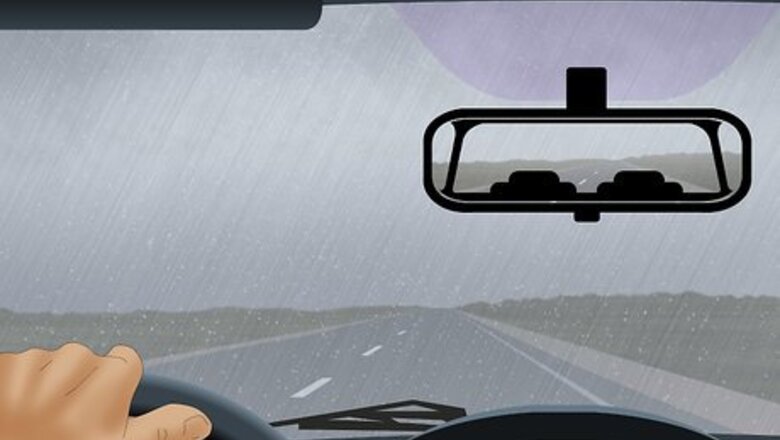
views
Avoiding Hydroplaning
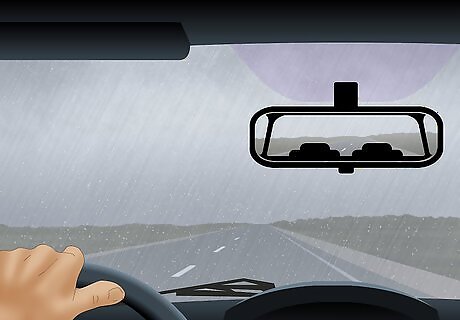
Be careful during the first few minutes of rainfall. Those first ten or so minutes after it starts to rain can be the most dangerous. This is because when rain first begins to fall, it stirs up oil and other substances that have dried on the road. The mixture or oil and water forms a film on the road that makes it extra slippery. During those first few minutes, drive more slowly and be on high alert for other drivers skidding. Leave more space between your car and other cars than you normally would. Heavy downpour over an extended period of time will eventually wash the roads clean, so conditions might be a little less dangerous at that point.
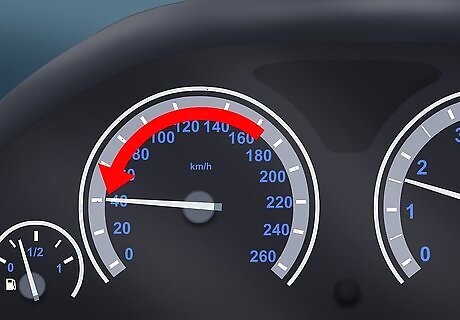
Slow down in wet conditions. The faster you’re going, the harder it is for your car to maintain traction in wet conditions. If your tires connect with a puddle of standing water, instead of maintaining contact with the road, they'll be more likely to skid. That's why it's important to slow down in wet conditions, even if visibility is fine. It’s fine to go under the speed limit if the roads are wet. Don't go slower than the flow of traffic, but don't feel you have to go 70 mph (110 km/h) on the highway during a downpour. It’s especially important to go slowly if you see standing water.
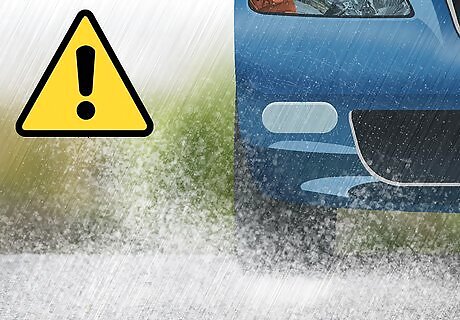
Avoid driving through puddles and standing water. These are the spots where you’ll be most likely to hydroplane, since your tires will have difficulty maintaining traction. They aren't always easy to see, so be extra cautious (and drive a little slower) when enough rain has fallen to start collecting in puddles. Puddles are most likely to form along the sides of the road, so try to stay in the center of the lane. Try to drive in the tire tracks left by the cars in front of you. This decreases the chance that water will build up in front of your tires and cause you to lose control of your car. Make sure your windshield wipers are working properly. Poor visibility during rainfall leads to more accidents in part because it's difficult to see puddles through a wet windshield.
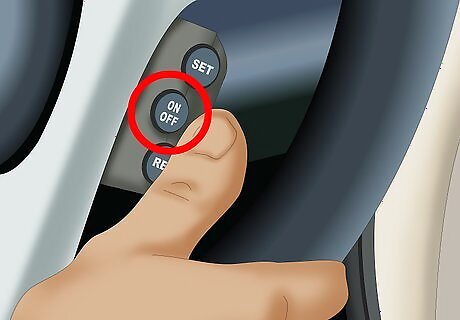
Turn off cruise control. If you're driving on the highway and using cruise control, turn it off when it starts to rain. You’ll be more in tune with the conditions around you when it’s off. You may need to reduce your speed quickly, and that's easier to do when your foot is already on the brake and you're paying careful attention to the road conditions and your speed.
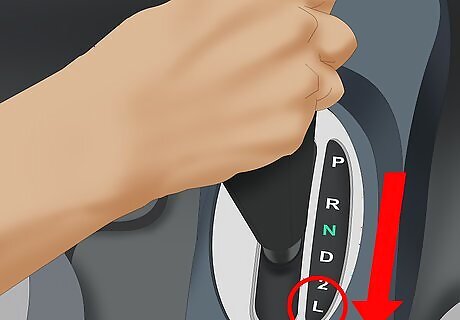
Consider driving in a lower gear. This enables you to maintain traction more easily and will prevent you from going too fast. While it's not necessarily possible to do if you're on a highway, if you're on a road with a lower speed limit driving in a lower gear can help you safely take treacherous turns or drive down hills without hydroplaning.
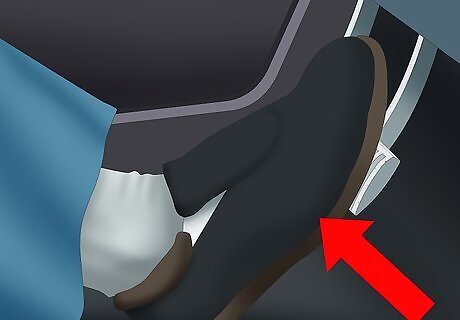
Drive slowly and carefully to avoid skids, and maintain a mild pressure on your brake and gas. If you have to brake, do so in gentle pumps; if your car has anti-lock brakes, then you can brake normally. Make sure that you don't lock the wheels, which will throw your car into a skid. Avoid sudden acceleration and braking. Don't make sudden turns, as these could throw your car off-course. Be extra cautious on curvy roads, taking care to steer smoothly and to drive slowly.
Regaining Control When You Hydroplane
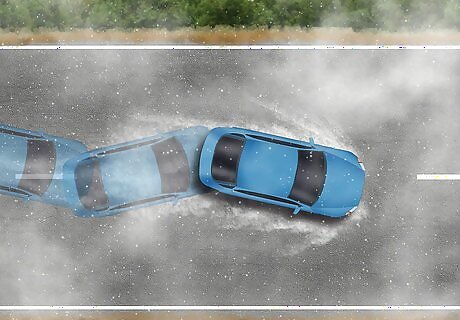
Understand what's happening when you skid. When you hydroplane, so much water has built up in your tires that they lose contact with the road. Your car will behave differently depending on how you've been driving and which tires are hydroplaning. If your vehicle has been driving straight, it will most likely feel loose and begin veering in either direction. If the drive wheels hydroplane, there might be an increase in your speedometer and engine RPM (revolutions per minute) as your tires begin to spin. If the front wheels hydroplane, the car will start to slip towards the outside of the bend. If the back wheels hydroplane, the car's rear end will begin to veer sideways into a skid. If all four wheels hydroplane, the car will slide forward in a straight line, as though it were a large sled.
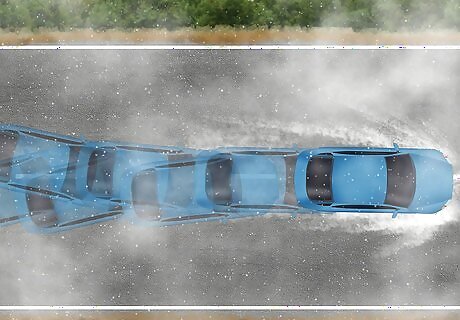
Stay calm and wait for the skid to stop. When you first start to skid, it can be panic-inducing. The car feels out of control and your impulse might be to do something rash. Try not to panic or lose your concentration. You just have to wait for the skid to stop, and stay alert so you can regain control of the car. No matter how your car reacts to hydroplaning, you can take the same steps to regain control. Bear in mind that most hydroplane-related skids last for just a split second before your car regains traction. Waiting it out is the best way to handle the situation. Don’t slam on the brakes or yank the steering wheel, since these actions will cause you to further lose control of the vehicle.
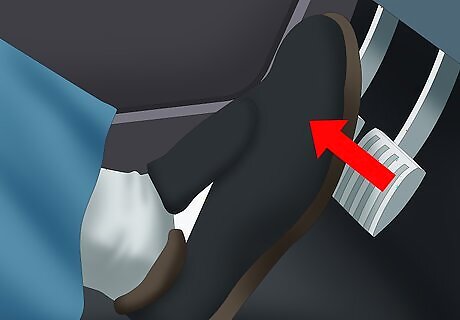
Ease your foot off the gas. Accelerating into a skid can cause you to lose control of the car and make matters worse. Don’t try to accelerate out of the skid; instead, slowly ease up, and wait a moment or to until you regain control before you accelerate again. If you were braking when you entered the skid, ease up on the brake until it's over. If you’re driving a manual transmission car, disengage the clutch as well.
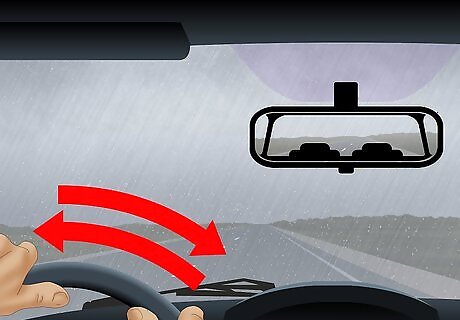
Steer in the direction you want the car to go. Maintain a firm grip and carefully point the car in the right direction. This technique is known as "steering into the skid," and it's the best way to get your car back on track after skidding. You may need to correct the car’s course a few times with light counter-steering as you’re regaining traction. Don’t turn too sharply or you’ll overcorrect. Jerking the wheel back and forth could cause the car to spin out of control. Keep a steady hand on the wheel and steer with small movements to correct your course.
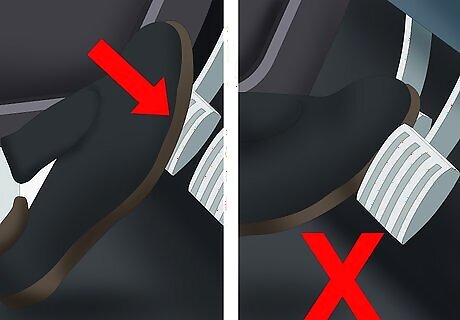
Brake carefully. Never slam on your brakes when you're hydroplaning, since it will make your car do unpredictable things. If you can wait until the skid is over to brake, that's ideal. If you need to break during the skid, pump your brakes gently until you regain contact with the road. If you have anti-lock brakes, brake normally, since your car’s automated brakes will do the pumping for you.
Keeping Your Tires in Tip-Top Condition
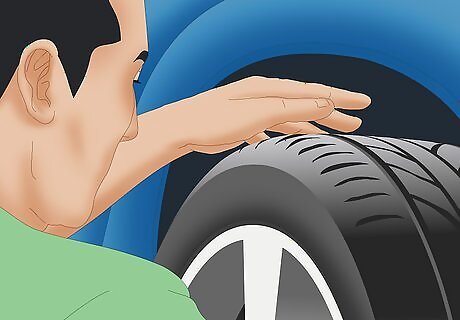
Make sure your tires have good tread. Tires that are bald or have inadequate tread are unable to maintain good traction with the road, especially in slippery conditions. Having balding tires makes you much more prone to hydroplaning (as well as other tire-related problems like skidding on ice and getting flats). No matter where you live, you're sure to experience wet conditions every once in a while, so be prepared by making sure your tires are in good condition. Worn tires are more prone to hydroplaning because they have shallow tread depth. A tire with treads that are worn halfway will hydroplane 3–4 mph (4.8–6.4 km/h) slower than fresh tires. A new tire has a tread depth of around 10/32", and over time this gets worn down. When it reaches 2/32", the tires are considered unsafe to drive on. You can determine whether your tires have enough tread by checking the wear bars. Federal Motor Vehicle Safety Standards require tire manufacturers to make tires with wear bars to indicate how much tread is left. When the tread of the tire is even with the wear bars, it's time for new tires. Try the penny trick to see if you have enough tread. If you can't find the wear bars, stick a penny into the tire's tread with Lincoln's head pointing down. If you can see the top of his head, it's time for new tires. If part of his head is buried in the tread, you can wait to get new tires.
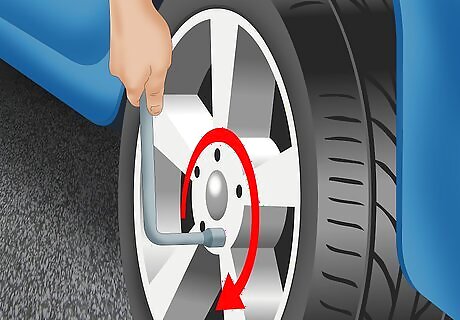
Rotate tires when necessary. Tire rotation is an important way to save the treads on your tires. The type of car you have as well as your driving style can cause some tires to get worn out faster than others. Switching the tires to different wheels periodically prevents tires from wearing down too much on one side. Take your car to a mechanic or tire center and have the tires checked to see if they need to be rotated. It's customary to rotate tires every 3,000 miles (4,800 km) or so. If you're not sure if your tires have ever been rotated, there's no harm in getting it done just in case. Front wheel drive vehicles need more frequent tire rotation, since this causes the front tires to wear out differently from the back tires.
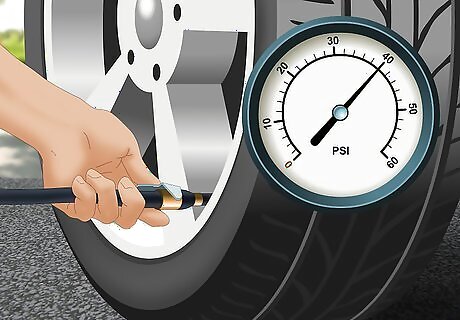
Make sure your tires are inflated properly. Underinflated tires can make you more likely to hydroplane, since they have more difficulty maintaining good traction with the road. They can also deflect inwards, which makes the tire center higher and traps water easier. Changes in temperature can cause the pressure in your tires to rise and fall, so it's important to check your tires regularly. Every few months, check the air pressure in your tires to make sure they're properly inflated. Each car is a little different, so consult the owner's manual to find out exactly how your tires should be inflated. If necessary, inflate your tires according to the manufacturer's instructions.



















Comments
0 comment